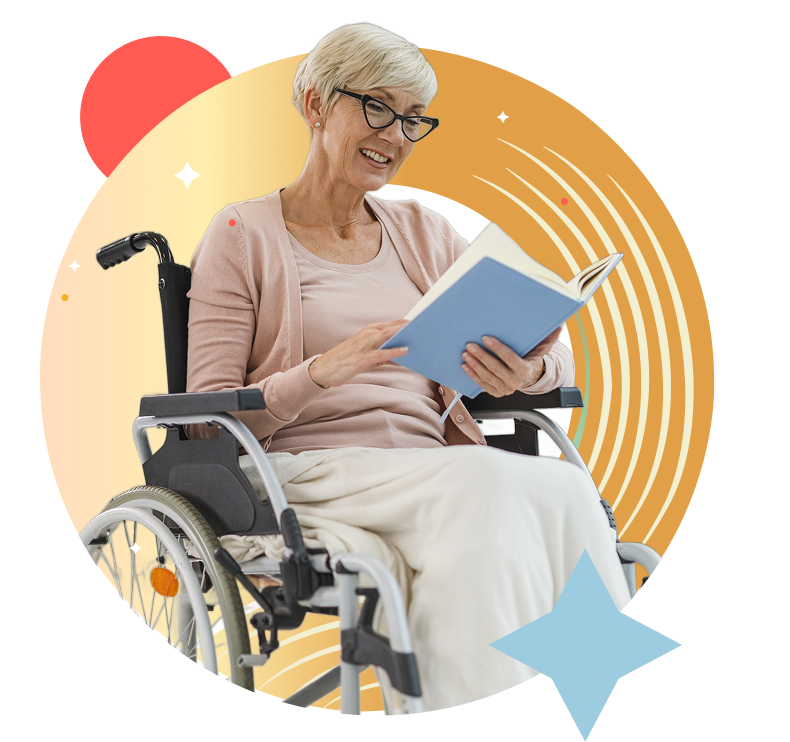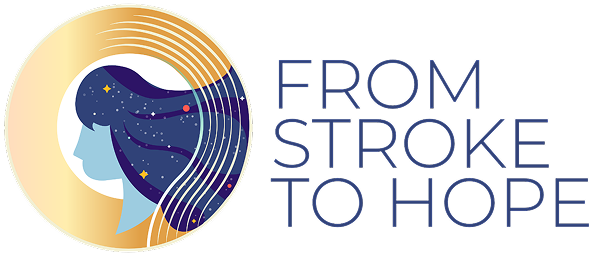Find Answers, Find Hope

Your Questions, Answered
Guidance, Support, and Resources for Your Journey
Here, you’ll find expert guidance on stroke recovery, therapy options, lifestyle changes, faith-based healing, caregiver support, and much more. If you need additional help, don’t forget to visit our Resources Page for a state-by-state guide to recovery centers, stroke specialists, and caregiver services.
Looking for encouragement or prayer support? Visit our Prayer Wall to submit a prayer request or uplift others.
Get answers to common queries easily
Frequently Asked Questions
Stroke Basics & Medical Concerns
1. What are the common symptoms of a stroke?
The most common stroke symptoms follow the BE FAST acronym: Balance issues, Eye (vision) problems, Face drooping, Arm weakness, Speech difficulty, and Time to call 911.
2. Can someone have a stroke without realizing it?
Yes. Silent strokes cause minor brain damage without noticeable symptoms but can still affect cognitive function over time.
3. Why do seizures occur after a stroke?
Stroke-related brain damage can cause irregular electrical activity, leading to seizures. Learn more in our Seizures After a Stroke blog.
4. What is AFib, and why can it develop after a stroke?
Atrial fibrillation (AFib) is an irregular heartbeat that increases stroke risk. Some stroke survivors develop AFib due to brain-heart signal disruptions. Read our guide on AFib After a Stroke.
5. Can a stroke survivor drive again?
Some may regain the ability to drive, but vision, cognition, and motor function assessments are required. Check with your doctor before driving.
Physical & Mental Recovery
6. How long does stroke recovery take?
Recovery is unique for everyone. Some see progress within weeks, while others improve over months or years.
7. What exercises help stroke survivors regain movement?
Physical therapy, stretching, strength training, and light cardio can aid recovery. Read our Optimizing Physical Recovery blog.
8. Why do stroke survivors feel fatigued all the time?
Post-stroke fatigue occurs due to brain healing, reduced muscle endurance, and disrupted sleep patterns. Learn strategies to manage it in our Fatigue After a Stroke blog.
9.How does neuroplasticity help stroke recovery?
Neuroplasticity is the brain’s ability to rebuild lost connections and adapt new pathways for movement and thinking.
Diet & Nutrition
10.What foods should stroke survivors eat for brain health?
Leafy greens, berries, fish (omega-3s), nuts, and whole grains support cognitive function and circulation.
11.Should stroke survivors follow a low-carb or low-fat diet?
A low-fat, heart-healthy diet reduces stroke recurrence risk. Read our Stroke Recovery Diet blog.
12. Is it safe for stroke survivors to drink alcohol?
Alcohol increases blood pressure and AFib risk, so it should be consumed sparingly or avoided altogether.
Cognitive & Emotional Well-Being
13.Why do stroke survivors experience memory loss?
Stroke impacts short-term and long-term memory, often making recall unpredictable.
14.How can stroke survivors cope with depression and anxiety?
Faith-based encouragement, therapy, journaling, and support groups help with emotional recovery. Read our Mental & Emotional Well-Being Guide.
15. What is left neglect, and how does it affect stroke survivors?
Left neglect is when a right-brain stroke survivor unintentionally ignores the left side of their body and surroundings.
Caregiver & Family Support
16.How can caregivers best support stroke survivors?
Patience, encouragement, and assistance with daily tasks are essential. Learn more in our Caregiver Do’s & Don’ts.
17.What resources are available for caregivers?
Our Resources Page includes support groups, in-home care options, and counseling services.
Adaptive Living & Stroke Recovery Tools
18.What types of mobility aids help stroke survivors?
Canes, rollators, walkers, and wheelchairs provide stability, while grocery carts can act as makeshift walkers for support while walking.
19.Can stroke survivors benefit from TENS machines?
Yes! Transcutaneous Electrical Nerve Stimulation (TENS) therapy helps with muscle recovery, pain relief, and nerve stimulation. Learn more in our TENS Therapy for Stroke Survivors blog.
20.What are the best one-handed cooking techniques for stroke survivors?
Using a rocker knife, non-slip mats, pre-chopped ingredients, and adaptive cookware can make cooking easier. Explore our One-Handed Cooking Guide.
21. How can stroke survivors with vision issues adapt?
Left neglect therapy, larger fonts, magnifiers, voice-to-text apps, and spatial training exercises can improve vision challenges.
22. How can a stroke survivor regain balance?
Balance training, core exercises, standing support aids, and physical therapy help regain stability and reduce fall risks.
Cognitive & Emotional Well-Being
23. What is the best way to cope with post-stroke anxiety?
Faith-based encouragement, breathing exercises, cognitive therapy, and journaling can help manage anxiety.
24. Why do some stroke survivors experience mood swings?
Strokes can damage the brain’s emotional regulation centers, causing post-stroke emotional changes, irritability, and depression.
25.What should stroke survivors do if they feel they have no purpose anymore?
Lean on faith, find new hobbies, connect with support groups, and explore ways to help others. Read our Finding Purpose After a Stroke blog.
Family & Caregiver Guidance
26. How can I encourage a stroke survivor who feels discouraged?
Offer motivation, celebrate small victories, pray with them, and remind them of their progress.
27. Can family members attend stroke rehabilitation therapy sessions?
Yes! Many rehab centers encourage family participation to help stroke survivors stay motivated and apply therapy techniques at home.
